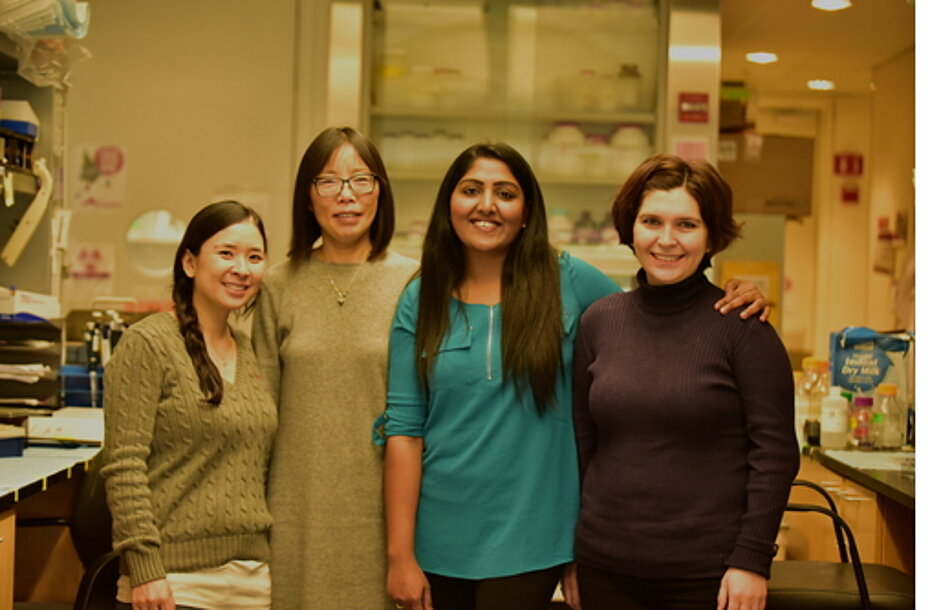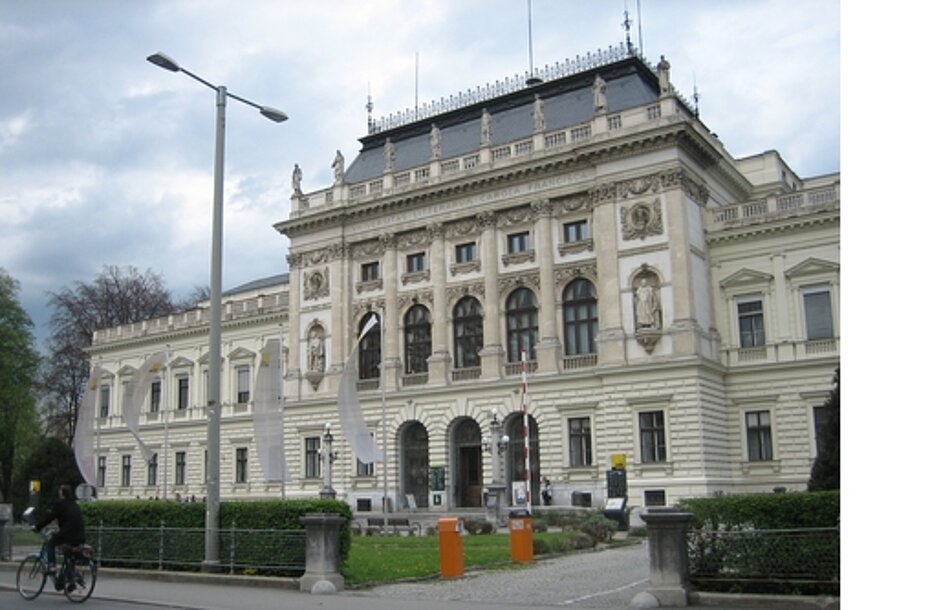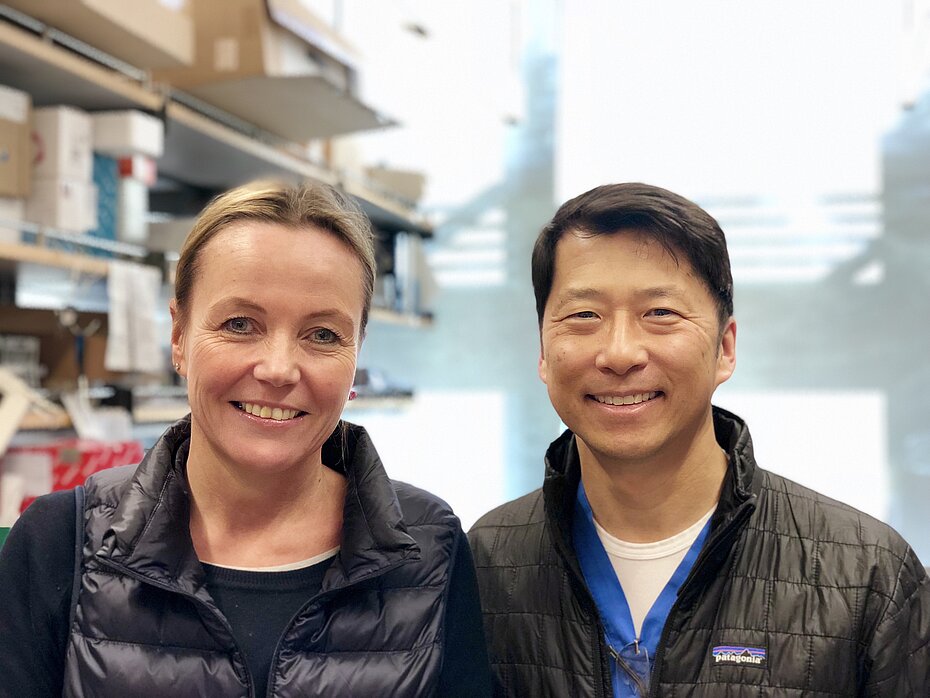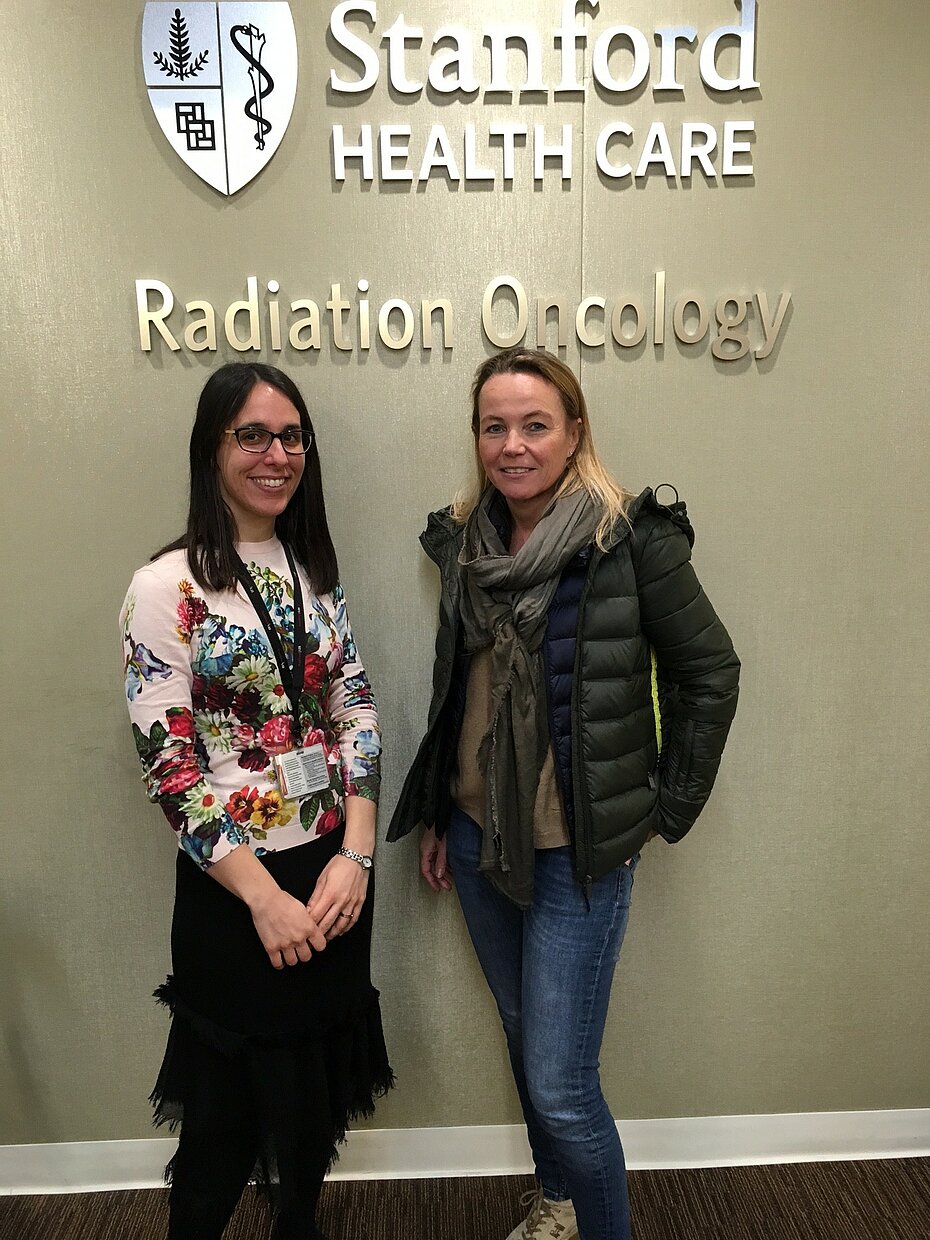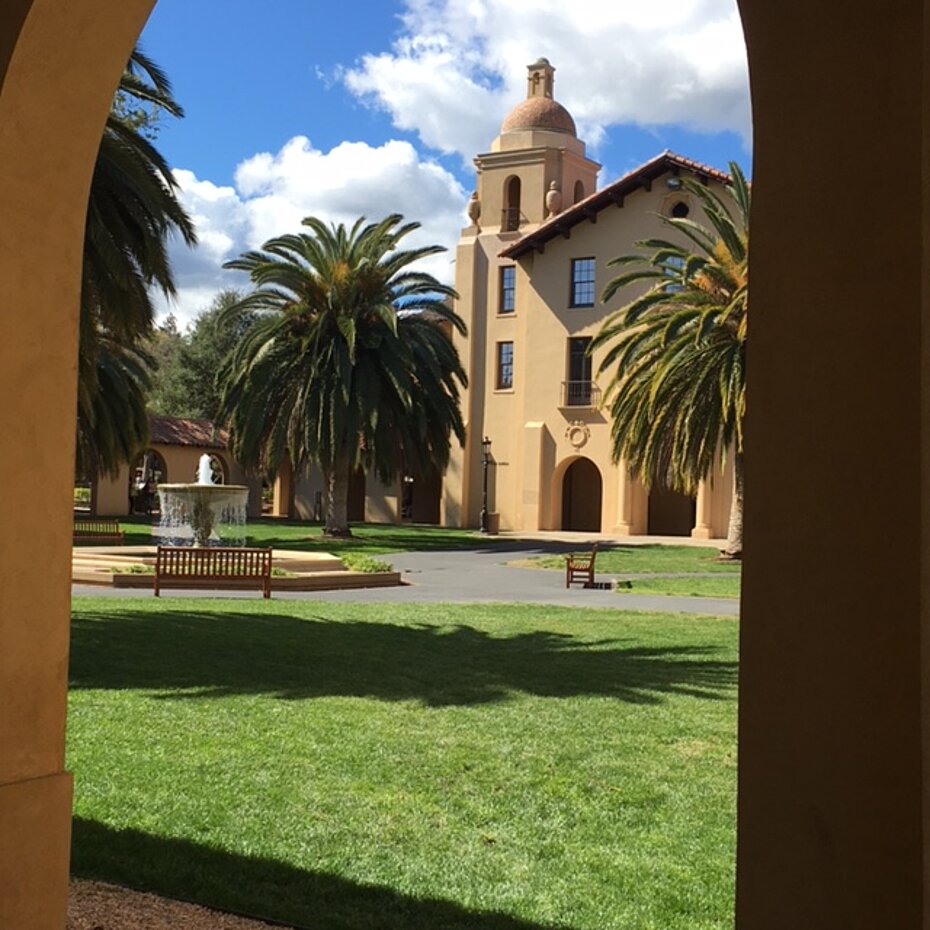5. Transatlantische Gastprofessur an der Stanford University
Seit 2014 veranstaltet die Galenus- Privatstiftung aus Wien Gastprofessuren im Bereich der Pharmazeutischen Technologie und Biopharmazie an US- amerikanischen Universitäten. Beginnend an der Wayne-State-University in Detroit ging die Serie von Veranstaltungen dieser Art in den Folgejahren über die Universitäten in Florida und Harvard bis an das Massachusetts Institute of Technology. Im März 2018 folgt die Fortsetzung mit der 5. Transatlantischen Galenus- Gastprofessur, die die österreichische Technologin, Professor Dr. Eva Roblegg, vom Department of Pharmaceutical Technology and Biopharmacy (Graz) an die University of Stanford führen wird. In der Zeit vom 5. bis 26. März 2018 wird sie am Department for Radiology/Oncology der School of Medicine zusammen mit ihrer Gastgeberin, der Institutsleiterin Professor Dr. Quynh-Thu Le, forschen, lehren und in ihrer keynote lecture über ihre wissenschaftliche Arbeit berichten. Diese Vorlesung wird via live-stream und infolge als Videoaufzeichnung auf der Website der Galenus-Privatstiftung zu sehen sein.
5th Transatlantic Guest Professorship at Stanford University
Since 2014 the Galenus Foundation (Vienna/Austria) has been running a series of Transatlantic Galenus Guest Professorships, starting in Detroit and moving to Florida, Harvard and M I T. The latest of these, slated for spring 2018, will be hosted by Prof. Dr Quynh-Thu Le, Chair of the Department for Radiation / Oncology at Stanford University and Assoc. Prof. Dr. John B. Sunwoo. The position as Galenus Guest Professor will be taken by Dr Eva Roblegg, Associate Professor at the Department of Pharmaceutical Technology and Biopharmacy at the University of Graz / Austria and winner of the Galenus Technology Prize 2013. The major focus of her research has been on Nanocarriers in oral drug delivery. It is planned that Dr Roblegg will give a keynote lecture on March 7th, 2018, 3.00 -4.30 (Pacific Standard Time) at Stanford University which will be broadcast on live stream and video-recorded. This video will be uploaded onto our website.
Impact of oral biological barriers on the fate of nanoparticles in the oral cavity: Translation into drug delivery
Prof. Dr. Eva Roblegg
Department for Pharmaceutical Technology and Biopharmacy, Graz University, Austria
Abstract:
The mouth, often referred as the mirror of the body, is a well-organized system that reflects and supports human health. It is continuously bathed in saliva, communicates with the external environment and fosters characteristic microorganisms. Disruptions in homeostasis increase the risk of oral diseases. Major risk factors include physical factors, immune-mediated and metabolic diseases, chemical substances, and microbial infections. For example, oral mucositis following chemotherapy and radiation therapy is one of the most common side effects in patients with head and neck cancer. It initially presents as erythema and progresses to ulceration, causing severe pain, reduced salivation, and dysphagia. Despite its significant impact on patients’ quality of life, therapeutic options are still limited. Development of drug delivery systems for local application could improve treatment of oral mucositis beyond the current standard of care. Nanocarriers have proved to be advantageous for solubilizing drugs, protecting them from enzymatic degradation, and prolonging their residence time. However, the rational design of such systems is still challenging because too little is known about the biological processes governing the main barriers that nanoparticles encounter during administration.
The talk will elucidate the main biological barriers, i.e., saliva and the stratified squamous epithelium, and highlight physiological changes due to inflammation. The talk will also demonstrate how physico- chemical nanoparticle properties such as size, surface functionalization, and hydrophilicity affect colloidal stability and mobility, and consequently cellular uptake and penetration into deeper tissue. Based on this, examples of therapeutic nanoparticles will be discussed, considering distinct delivery strategies and manufacturing processes.
